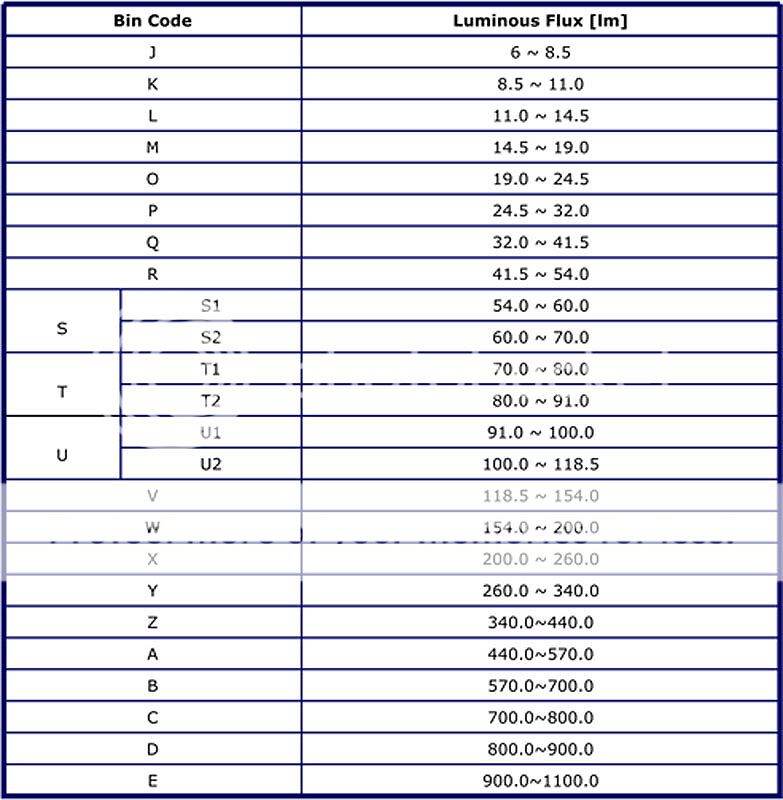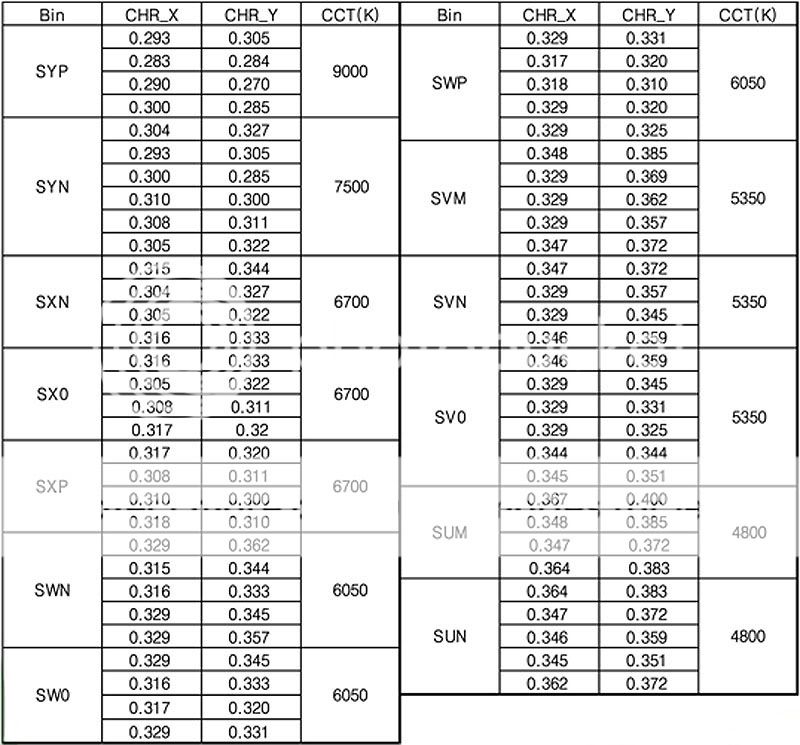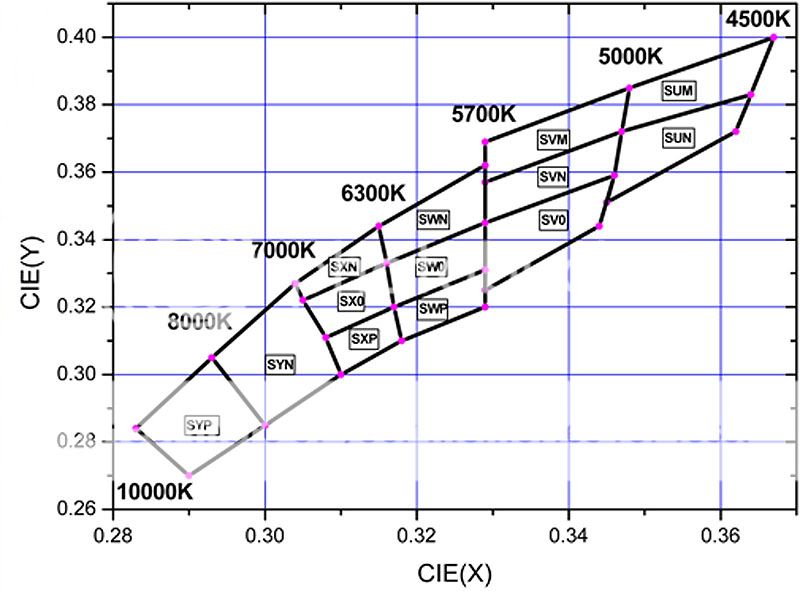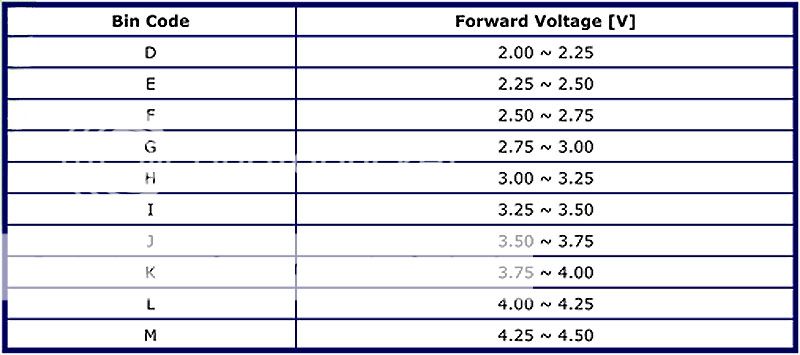Taking the nominal ~120mV dropout voltage of the AMC7135 chips, and applying it to the slope of the P7's voltage/current graph at the relevant current, assuming that the battery voltage hadn't changed meaningfully with the different loads, and that any extra connections were negligible resistance, that 120mV would look likely to cost ~750mA compared to direct drive, which seems pretty much what you found
However, one thing that should be remembered is that the meter measuring the current also introduces some resistance.
On my cheap and relatively cheap meters, on the high current ranges, that resistance seems to be something like an extra 0.1ohm (300-350mV at 3A)
From the manual, it looks like your Fluke meter is rather better - around 0.037 ohm, (assuming probe contact is perfect?), but even then, that'd *still* be costing you 50+mV at 1.5A, enough to quite meaningfully change the current that the LED could end up taking, maybe by ~350-400mA.
(Doing direct drive current measurements, or doing linear regulator current measurements when there's no voltage 'headroom' to play with can be a real pain.)
Also, have you actually run the P7 for any length of time, or just done very cautious short bursts?
I found with a couple of P7s I bought that the Vf permanently dropped after even only a few minutes of 'burning in' at ~2.5A, even with the LEDs properly heatsinked. That just seems to be something that generally happens.
Also bear in mind that the Vf will reversibly drop a little as the P7 heats up in use, so unless heatsinking is perfect, it could be that without the meter in place, you could possibly get a rather higher output than 1.5A even with the driver in place, at least on fresh cells.
Would you have any way of checking that out (like a lightmeter, or a digital camera with manual settings that you could use to illuminate a scene and take both cold, meter-in-circuit and warm, no-meter-in-circuit pictures with)?
Even if that was more encouraging, it could still mean that you'd lose brightness as the cells discharge, possibly fairly significantly, but things might not be quite as bad as they might seem with a meter in circuit.
With the meter in place, have you done cold and warm readings for direct drive and/or driver-based drive?






